March got off to a very cold and wet start, with several days of sub-zero temperatures and some sleet and snow showers. The snow didn’t settle though, and was gone within a few hours of it originally falling. It didn’t seem to have any adverse effects on the cemetery wildlife though, which was as active as ever. The birds, including the male Chaffinch pictured above, just seemed to take it in their stride.
It does seem odd to be reporting on snow the month after I wrote about seeing our first butterflies though! But mid-month saw some mild sunny days and this was enough to tempt the butterflies out again, plus some other delightful little insects. There were still plenty of showers though, and the month ended on a mild but wet note.
Birds
I am always amazed at the beautiful bright colours of our British birds, including this Blue Tit and Robin in the snow. Whenever I see birds and animals in the snow, I often wonder if they are seeing it for the first time in their short lives, and what they must think of it.


I regularly see Goldfinches in the cemetery. These small finches, which are not much larger than a Blue Tit, make soft chirps to each other as they fly.

There are several Wrens in the cemetery, but they usually fly past in a blur of light chestnut-coloured feathers and rarely stay still for very long.

I also saw some small groups of Long-tailed Tits in the cemetery amongst the patches of brambles. They also chirp to each other as they fly – I always hear them before I see them.
I heard my first Chiffchaff of the year in the later part of the month. Its cheerful and distinctive call is a sure sign that Spring has arrived. I didn’t manage to get a photo though – they tend to stay very high up in the trees, and don’t remain still for very long.
Insects
There has been an explosion of activity and colour in the grass verge alongside the cemetery this month. The flowers opened and the small branch of the cemetery wildlife came out to feed on the nectar.
Butterflies
I’ve seen more butterflies than last month, including Small Tortoiseshells and Commas on a few occasions.
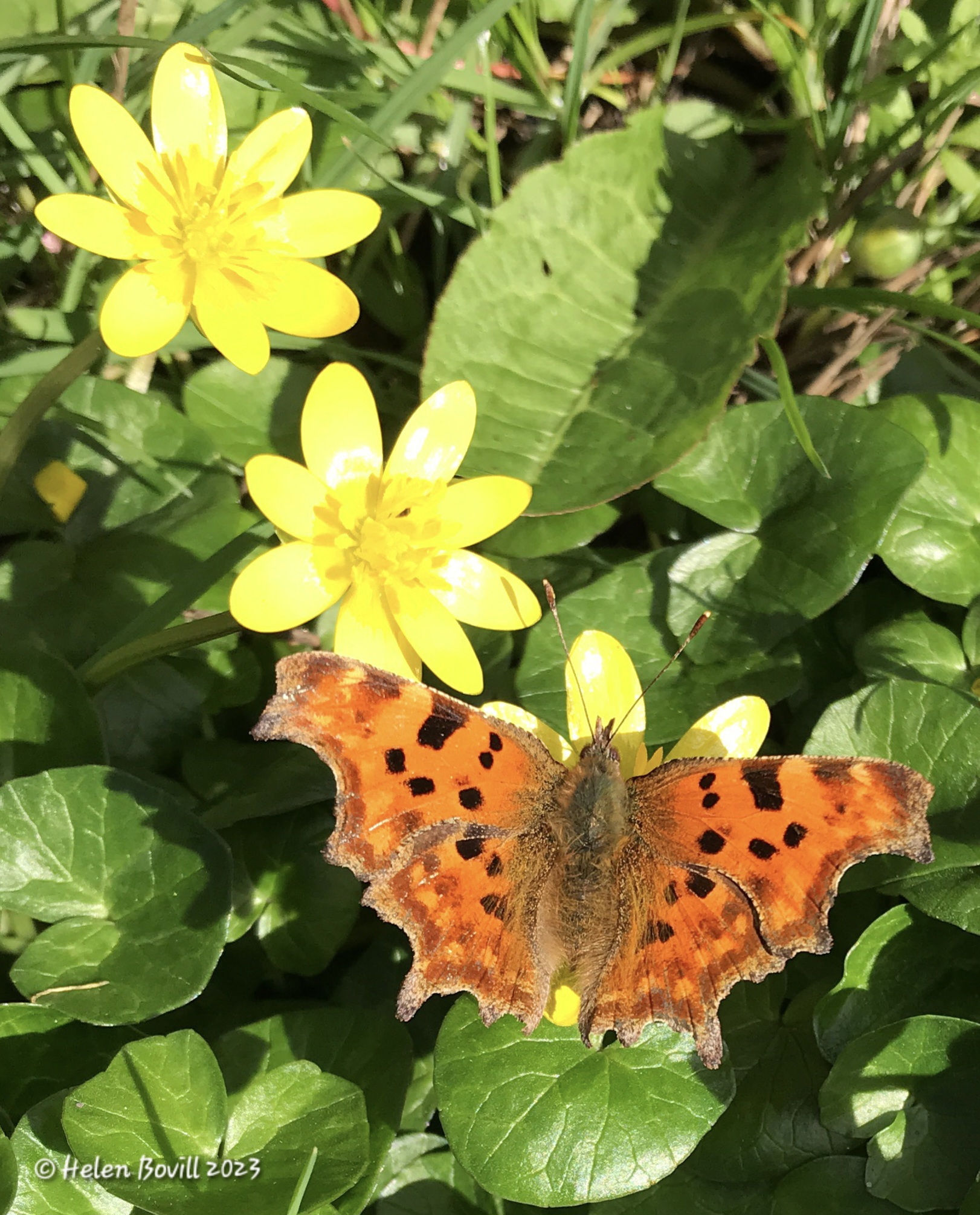
I saw my first White butterfly of the year but I only got a quick view. It could have been either a Small, Large or Green-veined White as they all tend to appear at the same time of the year, usually early April.
I also saw my first Red Admiral of the year just a few days before posting this report.
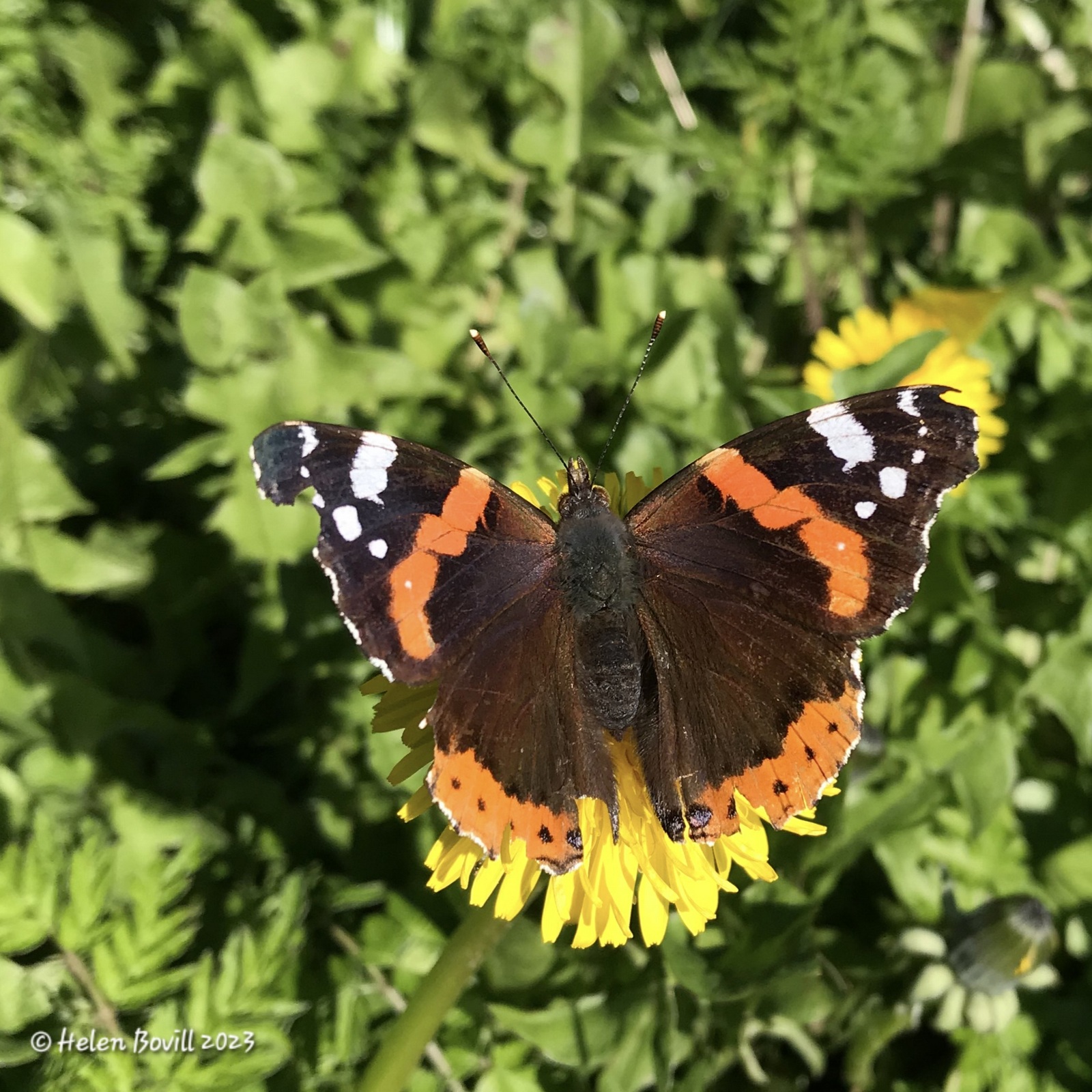
I also saw my first Brimstones of the year – the first was in the middle of the month and the second was today. Both were very active males, but this one finally came to rest on a leaf, laying flat against it rather than perching upright.

That’s five different species of butterfly I’ve seen this month, although they have not been present in large numbers. This is due to the many cold, dull and rainy days we have had, plus wind too – not ideal for butterflies.
Other Insects
I saw a bug of a type I’d never seen before – a Juniper Shield Bug. It was on one of the Daffodils that form the main display near the footpath leading from Spring Bank West to Thoresby Street school. They are a species found mainly in the south of the UK, but they do seem to be spreading further north now.
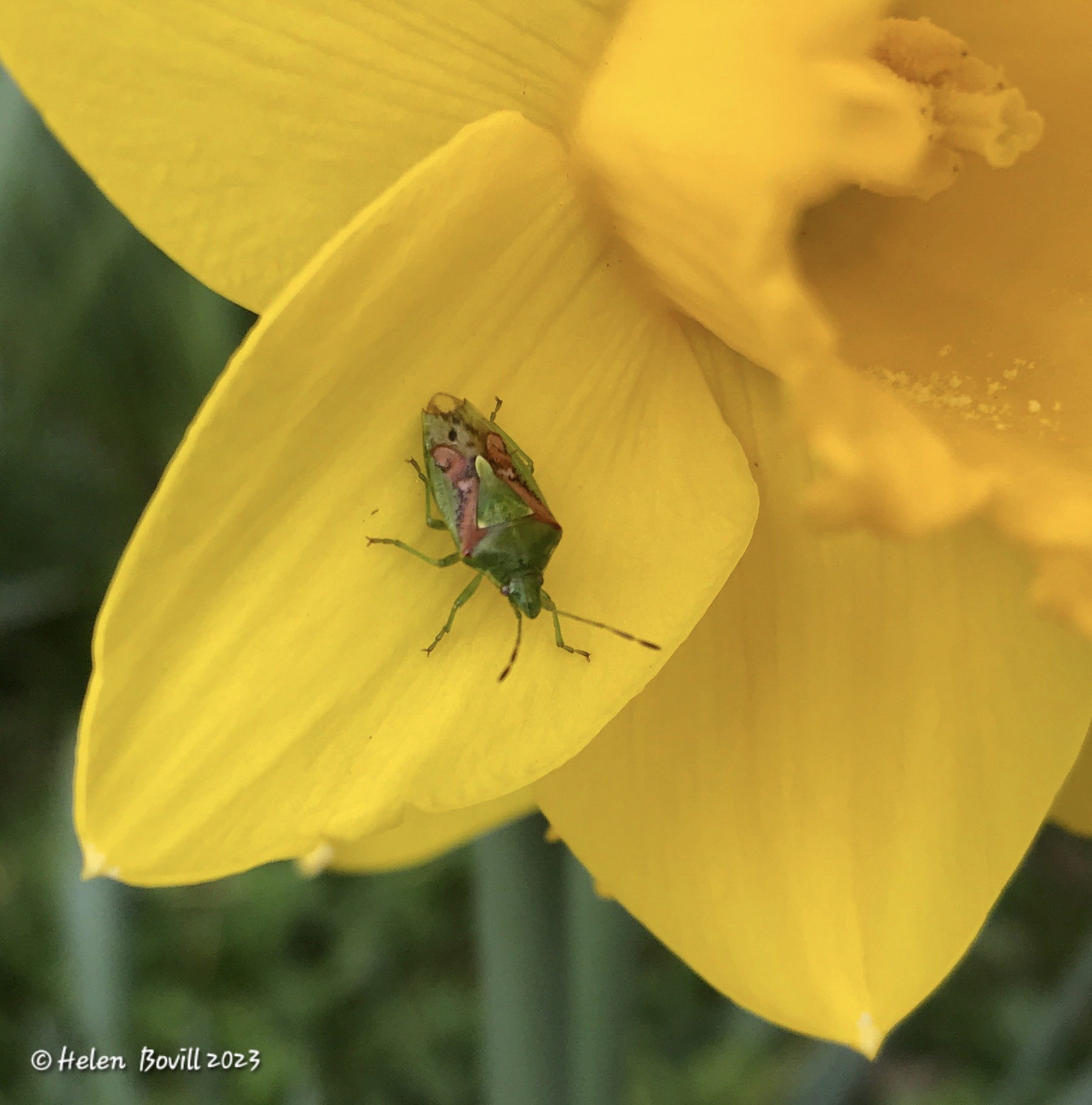
I saw lots of hoverflies and several species of Bee, including many large queens looking for suitable places to start a nest. I also saw some of the smaller species such as Common Carder Bee and this Hairy-footed Flower Bee.
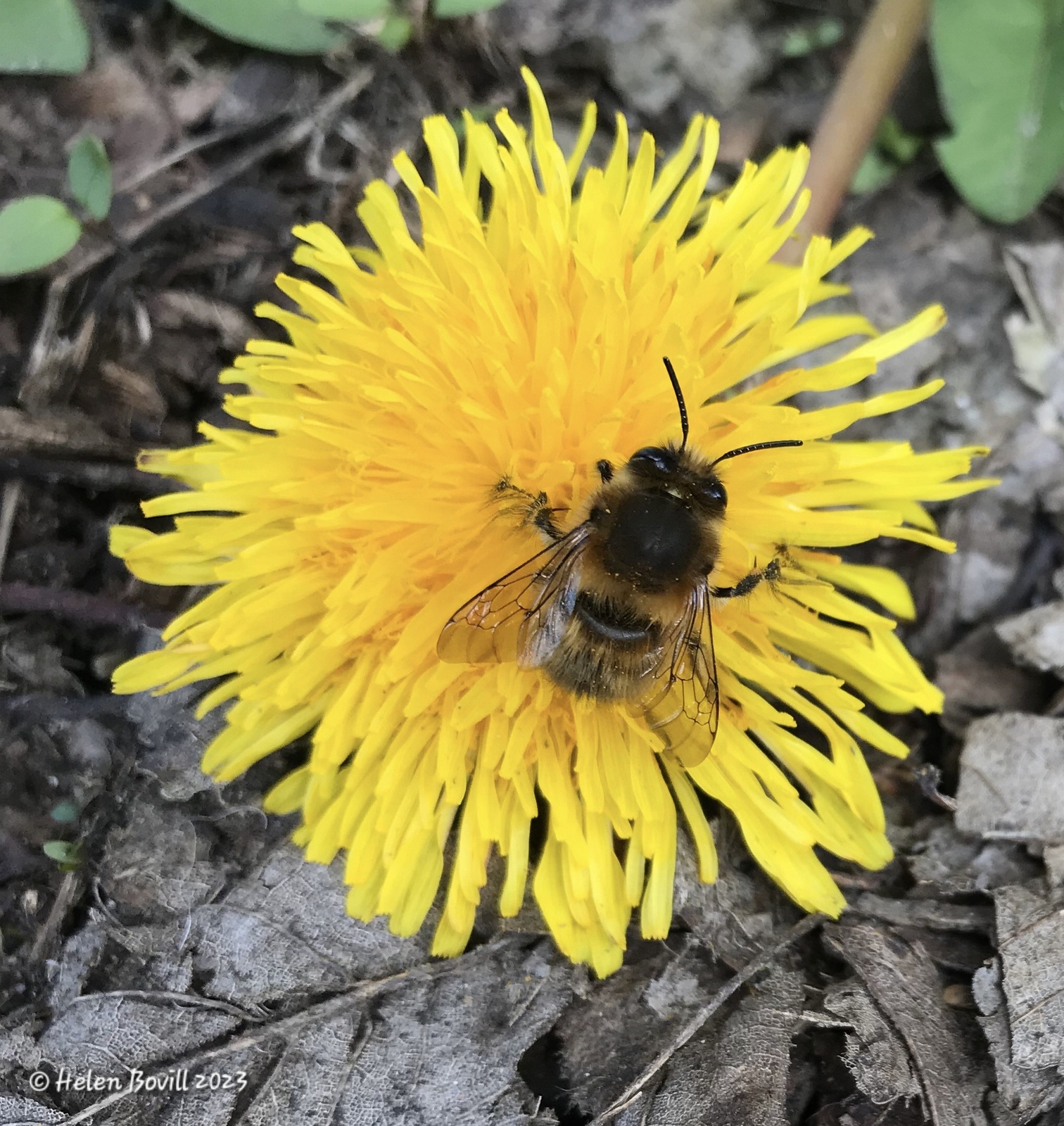
I also just managed to get a quick photo of a Tawny Mining Bee before it took off for pastures, or most probably flowers, new.

I also saw lots of Ladybirds, including our native Seven-spot and some of the non-native Harlequins. I’ve also seen the first Bee-flies of the year, but I’ll talk about them next month.
Plants
It doesn’t seem long ago that I was struggling to find any plants that were in flower. Now there are so many that I don’t have space to include photos of them all.
Cultivated Flowers
Although this report is about the cemetery wildlife, some of the cultivated plants are providing a good source of nectar for the insects and are worthy of a mention. This Pulmonaria growing in the Quaker Burial Ground is one such source.

There are also a few Crocus plants growing in the Cemetery, and lots of different varieties of Daffodil – again, a good source of nectar for the insects.
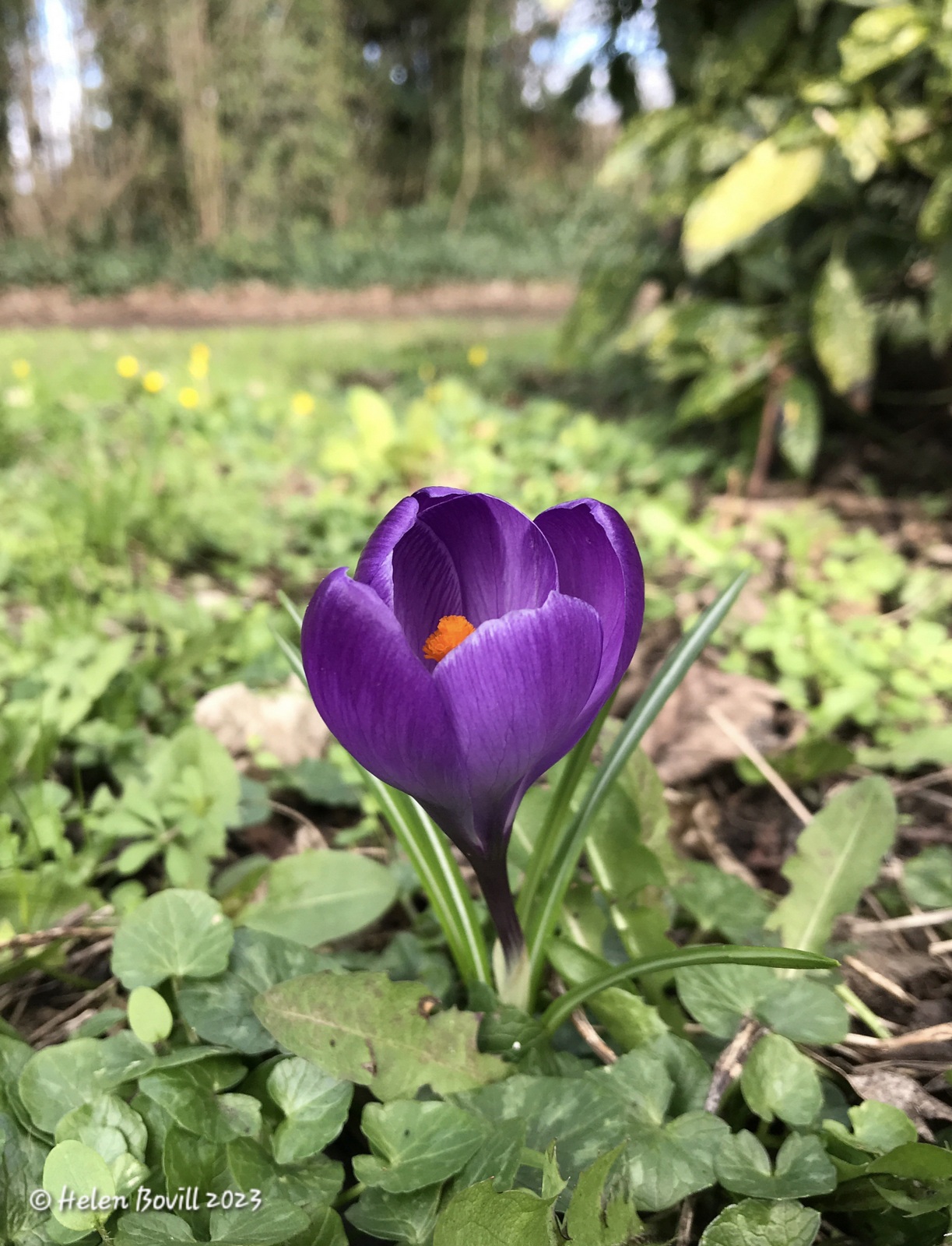
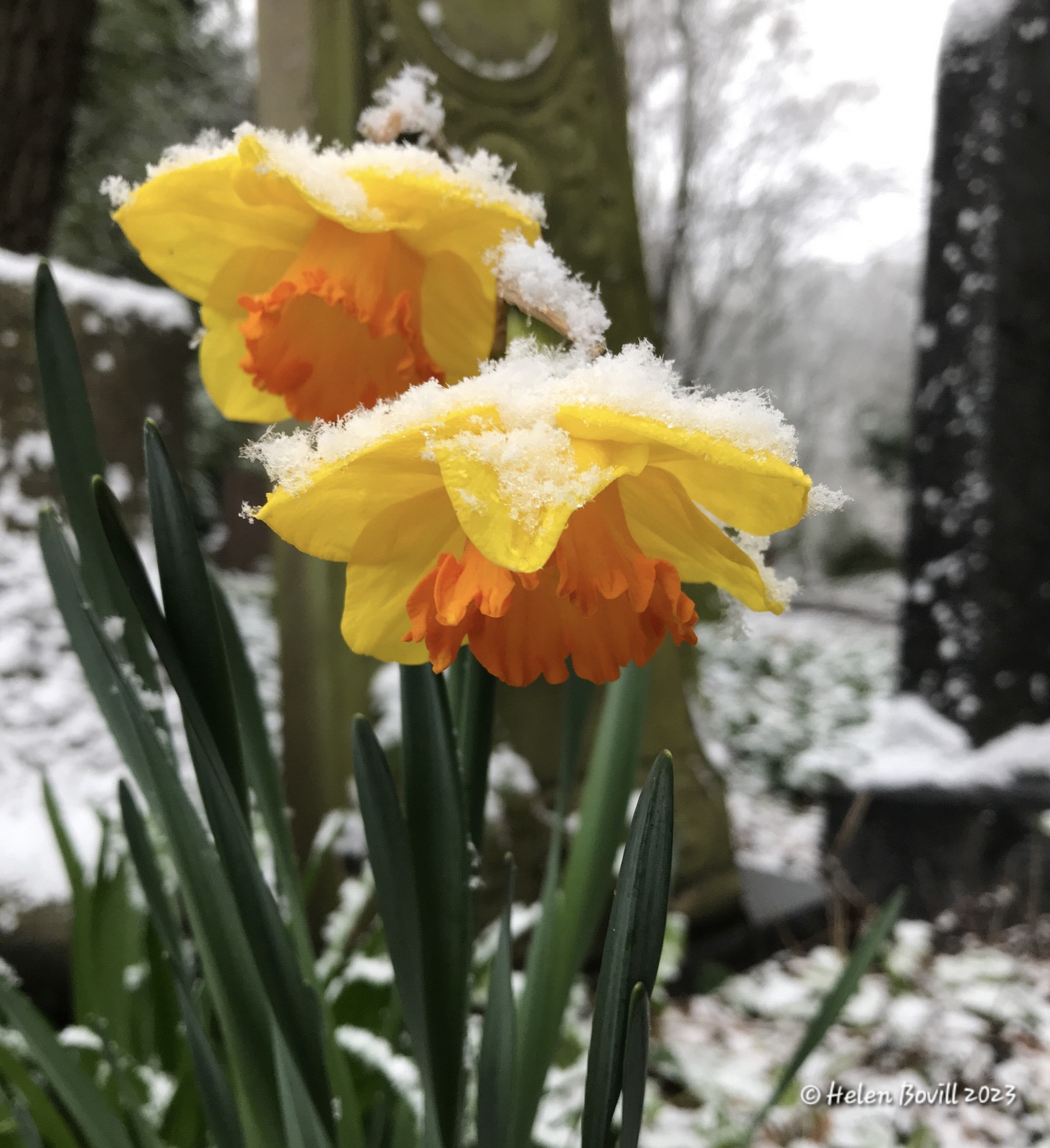
Wild Flowers
We are now starting to see lots of Dandelions in flower. But the most plentiful of the wildflowers at this time of year is the Lesser Celandine, responsible for much of that explosion of colour I mentioned earlier. And very resistant to frost and snow.

The Snowdrops have almost finished for the year – these were photographed at the beginning of the month.

There are two small clusters of Wood Anemones growing in the grass verge, in the same place as previous years.
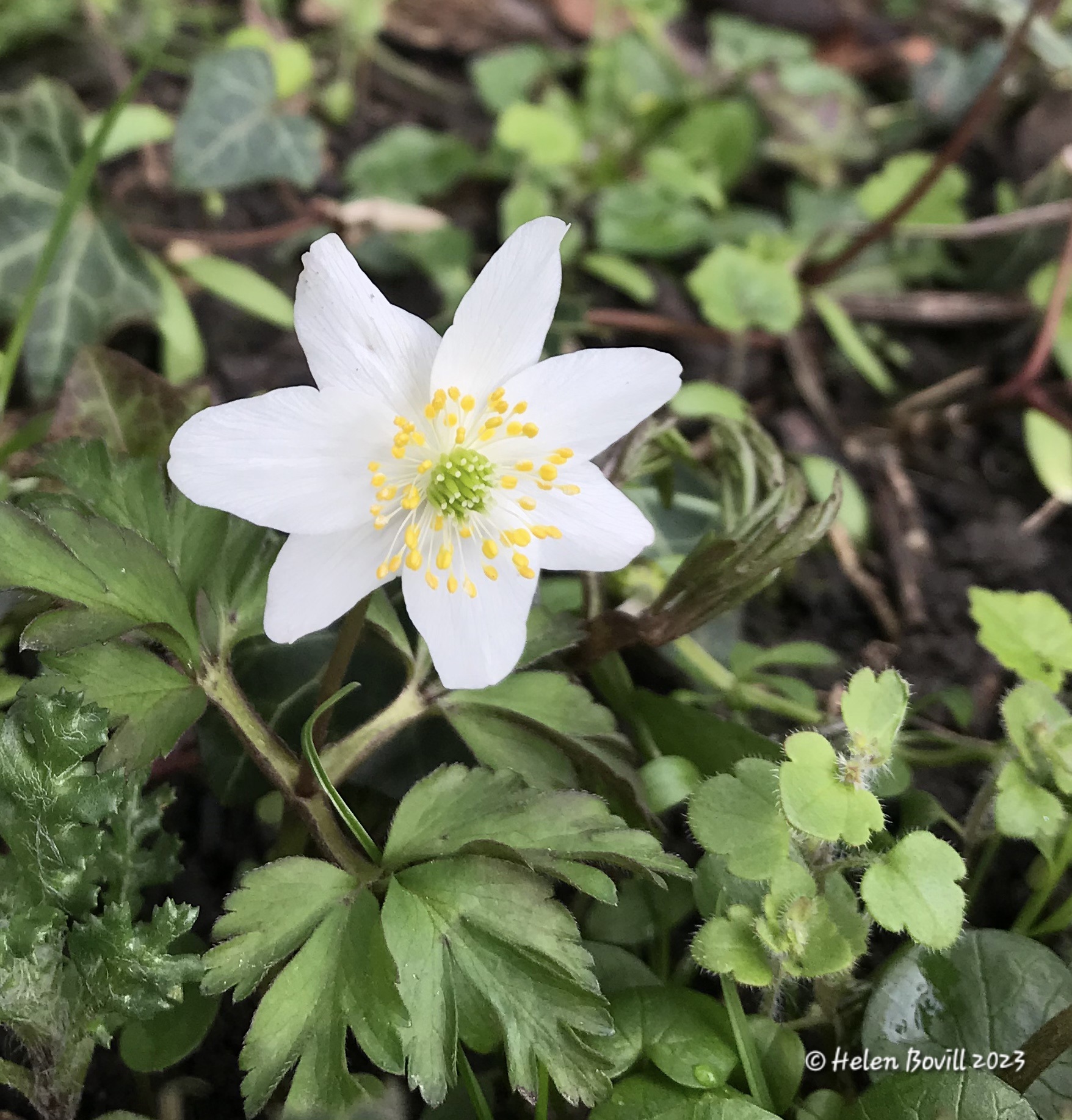
There is also some Red Dead-nettle growing in the part of the grass verge nearer to Western Cemetery.
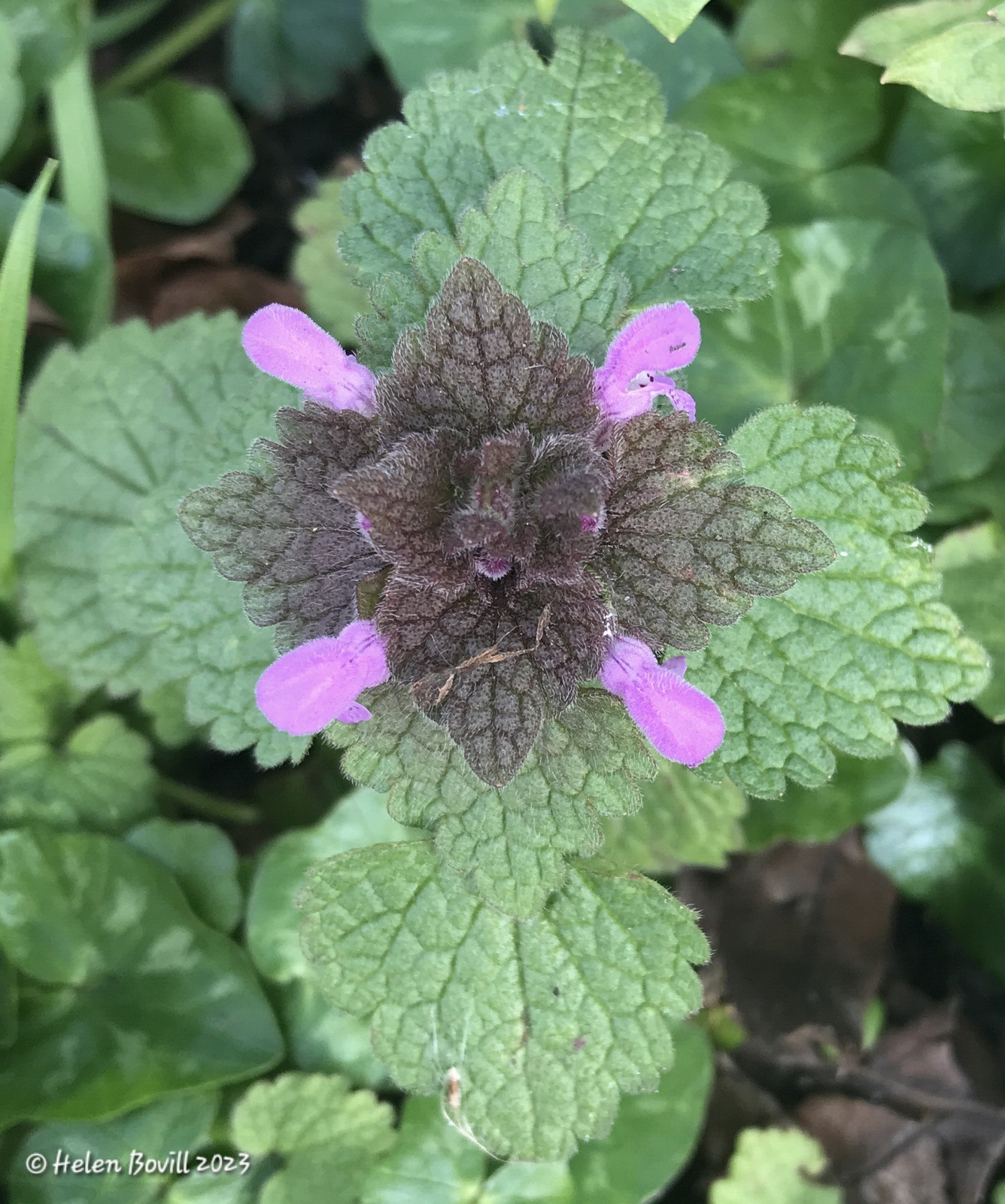
Many of the cemetery’s trees are now in flower, some in the form of catkins and some in the form of a more conventional flower shape. The Blackthorns in the cemetery that only had flowers on them last month now have leaves on them too – that fresh, bright green colour you see at this time of the year.

Conclusion
March has been dominated by cold, wet and windy days but despite these conditions the cemetery wildlife does not seem to have been adversely affected. The grass verge is a lush green and yellow oasis for the insects, and is simply beautiful just to look at during a walk along Spring Bank West.
Coming Up
Next month sees an exciting nature-related event coming to Hull – The City Nature Challenge 2023, which takes place between 28 April and 1 May. It’s being run by iNaturalist, the app where you can record your wildlife sightings on to a national database. Hull is one of 22 UK cities or wider urban areas chosen to take part this year.
Some of you might already have this app on your phones – if so, why not visit the cemetery during this period and record any cemetery wildlife you find there? If you don’t have the app, why not try it? It’s free to download onto any mobile device and is really easy to use. Your observations will help build a picture of what is in our favourite cemetery and who knows – you might find something rare or unusual there!
https://www.inaturalist.org/projects/city-nature-challenge-2023-hull


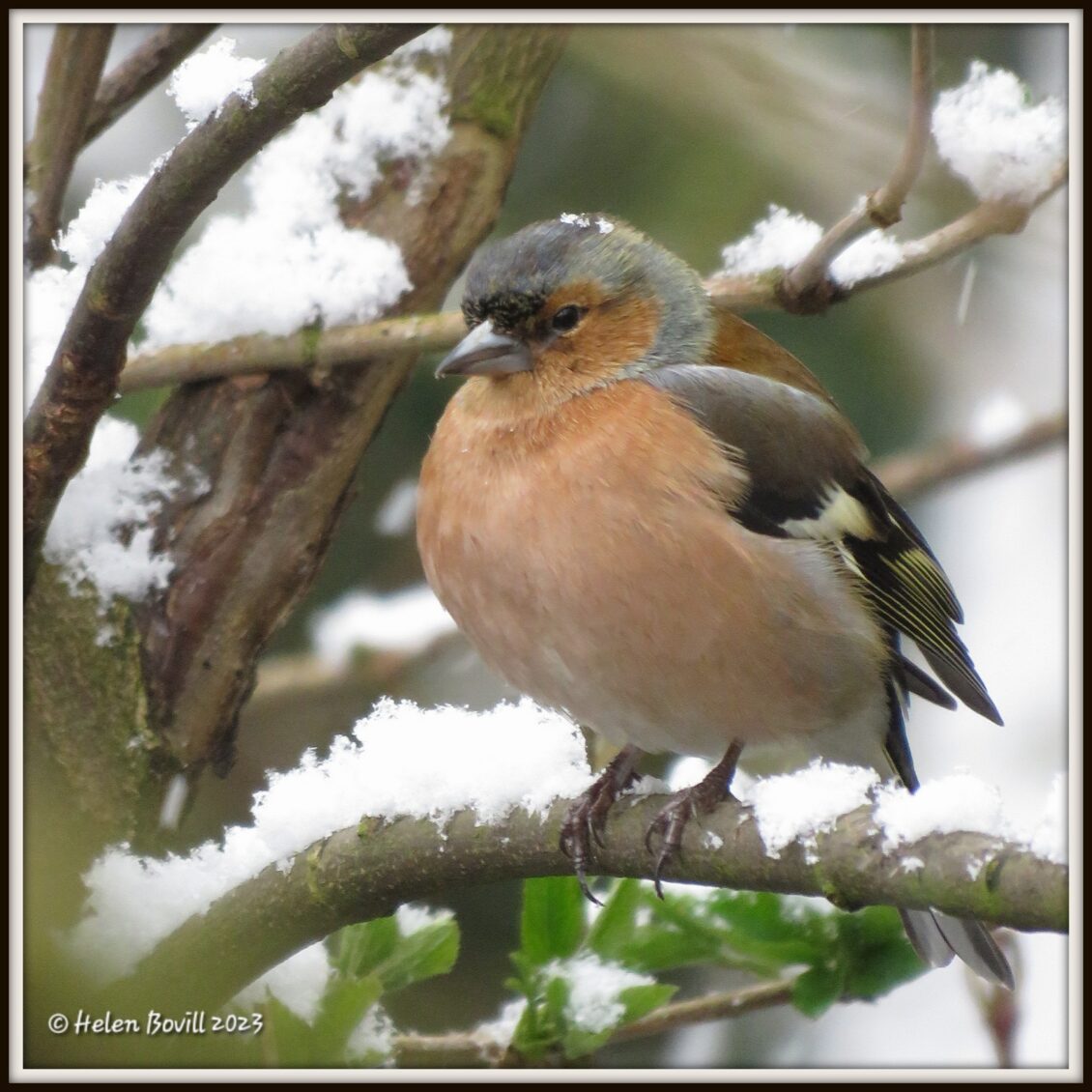
Two very interesting articles by Helen & Pete.